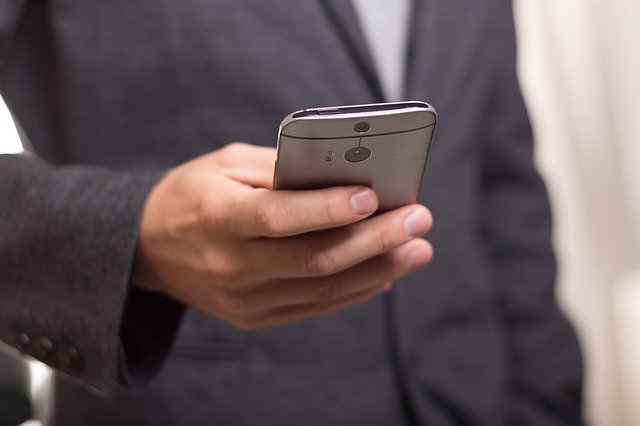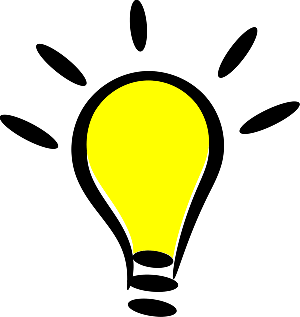If this is the first time you’re hosting a webinar, or if you haven't planned one in a while, then this article will provide you with a super valuable webinar checklist to ensure that your webcast runs smoothly.
And if you're planning a webinar to drum up business, you're in good company. According to recent studies, 89% of marketers prefer webinars over all other channels for generating qualified leads.
We'll discuss some of the most important things you need to consider when planning your webinar. We'll also give you an easy-to-follow checklist so that you have no surprises on the day of the event.
Disclosure: Although I receive affiliate compensation at no additional cost to you to support this site that compensation in no way influences my recommendations, which are strictly informed by my 10+ years of online business experience consulting for clients large and small. My aim is to always recommend tools that offer the best return for your investment (for more details, read my Affiliate Disclosure).
Your Webinar Checklist
Webinars can be pretty complex events, because they encompass multiple modes of communication.
At a minimum, you’ll be dealing with audio, video, slides and scripts. But they can also include archival video footage, music cues and in some cases even sound effects to enhance your message.
But at the end of the day, it all comes down to how you and your tech performs on the day of the event.
The following webinar checklist will help ease your fears by providing you with a template that will work in most situations to make your presentation the best it can be:
1. Be an engaged and “alive” speaker
- Don’t be afraid to show your passion for your subject (i.e. don’t be a scholar, be a performer!)
- Use your slides as a way to enhance and motivate people, not just for information exchange
- Keep it tight: the average webinar is around an hour in length with only 20% of attendees staying fully engaged until the end. Make sure you leave them wanting more! Be engaging and informative at all times (don't be too dry)
- Always remember to have fun!!! It's your event after all 🙂
2. Make sure your computer is plugged in
- Never run webinars on battery power!
- Make sure you have a stable internet connection — If you’re running the webinar from home, ask other members of your household not to stream video or music on your WiFi network when your webinar is live
- Check that all of your equipment is working properly and functioning beforehand — you don’t want any unforeseen technical glitches disrupting your presentation!
- Pro tip: An hour before your presentation, do a full reboot of your computer
3. Use good lighting

- It's important to have good lighting in front of you and never have a source of light behind you
- If you’re doing a webinar during the day, don’t place yourself in the room so that there’s a window behind you, otherwise your face will appear dark
- Place a spotlight-type lamp in front of you to illuminate your face or better yet, an L.E.D. lighting fixture for webinars and videos (you can find very inexpensive ones online)
4. Allow enough time for audience questions
- Allow enough time for questions and answers during and at the end of your presentation
- If your platform has a hard limit per webinar, allow for sufficient time left over at the end of the presentation for questions. If you have a lot of attendees, the Q&A may take as long as the presentation itself
- Prepare some starter questions in advance to get things going and break the ice in case no questions come forward from the audience (you can say something like “people always ask me…” and then go ahead and answer your own question)
- Always ask close-ended questions during the webinar to keep people engaged (“how many of you had this experience before? Let’s do a show of hands...”)
5. Make it easy for others to contact you

- Post your email address on a slide at the end of your presentation
- Share a link to your website contact form
- Pro tip: share a link to an online calendar application like Calendly with your office hours
How do you structure a webinar?
- Opening (15 minutes) - Ask questions, engage your audience, make a memorable statement that will set them up for what they'll learn.
- Content (60-90 minutes) - Teach your material.
- Closing (5-10 minutes) - Close the webinar with a call to action. Thank everyone in attendance and invite them to get in touch if they have further questions.
How far in advance should you plan a webinar?
You should typically start planning no less than three months ahead of time. That way you can focus on promotion in addition to content creation, equipment acquisition and webinar delivery.
How long does it take to organize a webinar?
The process of putting an event together can change depending on the type of webinar you're preparing. But in general the consensus is anywhere between two to eight weeks, or longer if there are multiple authors involved in the creation process.
What should I do before the webinar?
Testing that all your technology works!
This can be accomplished with a full dry run where all of the pieces are tested to ensure that they work together before going live: from your internet connection, your camera placement, your microphone and sound levels, your headphones and your webinar hosting platform.
How do you end a webinar?
You should end your webinar by recapping some of the important points you've covered, thanking everyone who was in attendance and promising to send an email of your slide deck shortly after you complete the call.
It's also a good idea to follow up within 1-2 days with an email reiterating your gratitude for their time, reaffirming any special offers or promotions that were given at some point during your presentation and providing replay access to the recorded webinar.
What Are Some Things to Avoid Doing During a Webinar?
Here are a few things to avoid doing during a webinar:
Avoid being too salesy. If you're giving a presentation or demo as part of your webinar, resist the urge to go too hard on the pitch. This can be off-putting for some attendees and make them less likely to engage with your content.
Don't try to do too much. A webinar is not the time to cram in tons of information. Stick to covering one or two key topics and leave some time for questions at the end. Otherwise, people may get overwhelmed and tune out before you've even finished your presentation.
Don't make it all about you. While your webinar should be focused on a particular topic, that doesn't mean you should make it "you" centric. All participants care about is "what's in it for me" and you aren't it (unless you're a celebrity, of course.)
Avoid technical difficulties. Nothing will kill a webinar faster than audio or video problems. Do a test run before the event to make sure everything is working properly.
Don't forget to follow up. After your webinar, be sure to send out a recap email and any promised resources. This is a good time to start nurturing the relationship with your participants as well as collect feedback to see what topics people would like to see covered in future events.
Next Steps
If you’d like to learn about some good business use cases for webinars, read this article on 7 Reasons Why You Should Host A Webinar







